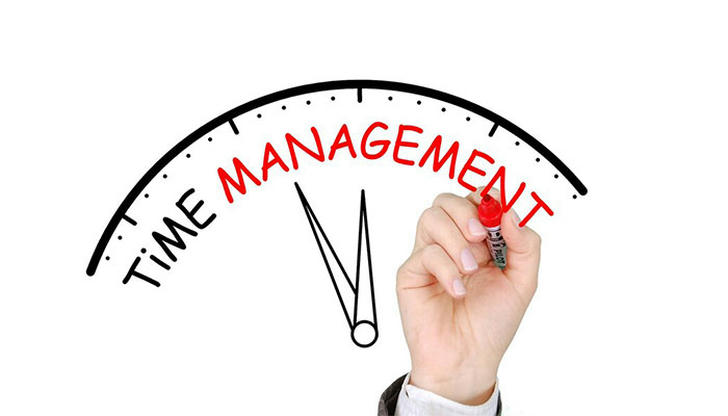Remote Work Productivity: A Data Backed Guide
Remote Work Productivity: A Data Backed Guide
A 2024 Gartner study reveals that 72% of mid-to-senior professionals struggle with remote work efficiency. But don’t worry—this guide provides actionable strategies, backed by research from Harvard Business School, to help you stay productive and connected while working remotely.
1. Designing a Productivity-First Home Office

Optimizing Your Workspace
- Dedicated Space: Employees with a separate office report 23% higher focus levels.
- Lighting & Ergonomics: Proper lighting reduces eye strain by 17%.
Furniture Investments:
- Chairs with lumbar support (e.g., Herman Miller Aeron) reduce back pain by 34%.
- Dual monitors improve task efficiency by 30% (Forbes, 2024).
Essential Tech Upgrades
- High-speed internet: At least 100 Mbps for seamless video calls.
- Noise-canceling headphones: Bose QuietComfort 45 reduces ambient noise by 90%.
- Must-have tools: Download our free Home Office Checklist.
2. Time Management: Science-Backed Strategies

Structuring Your Workday
- Biological Alignment: Schedule critical tasks during peak energy hours (based on chronotypes).
- Analyze Productivity Patterns: Use Toggl Track for a 30-day work habit assessment.
Top Productivity Apps
- Focus Management: Freedom (blocks 15+ distraction categories) + Pomodoro Technique (25/5 work cycles).
- Task Prioritization: ClickUp (rated #1 for remote teams by G2, 2024).
3. Communication: Bridging the Virtual Gap

Reducing Zoom Fatigue
- Default to 25-minute meetings (LinkedIn data: 22% higher engagement).
- Use Miro whiteboards for interactive brainstorming.
Mastering Asynchronous Collaboration
- Apply #urgent tags only for emergencies (reduces interruptions by 40%).
- Template responses for common queries (saves 1.5 hours/week).
4. Combating Isolation: Engagement Tactics

Virtual Networking & Team Bonding
- Join Strategic Platforms:
- Slack communities like Remote Work Hub (15,000+ execs).
- Harvard’s Remote Leadership Summit (free livestream).
Mental Health & Work-Life Balance
- 10-minute morning meditation lowers stress hormones by 31%.
- Set “no-email” hours post-6 PM (Microsoft study: 27% better sleep quality).
5. Future-Proofing Your Career

2025’s Top Remote Work Skills (World Economic Forum)
- AI-driven project management (e.g., Asana Intelligence).
- Cross-cultural team leadership & digital communication mastery.
Certifications That Matter
- Cornell’s Remote Team Management Certificate (#1 on Coursera).
FAQ: Expert Answers
Q: How do I avoid burnout in long-term remote work?
- A: Follow the 20-20-20 rule: Every 20 minutes, look 20 feet away for 20 seconds (endorsed by the American Optometric Association).
Q: What’s the single most impactful productivity tool?
- A: RescueTime – Tracks app usage and provides weekly efficiency scores.
Q: How can I stay connected with my remote team?
- A: Use Slack huddles for quick check-ins and monthly virtual coffee chats.
Q: What’s the best way to negotiate a remote work setup?
- A: Highlight productivity data (e.g., time saved from commuting) and suggest trial periods.
Final Thoughts
Remote work success requires strategic productivity habits, effective communication, and continuous skill development. Implement these data-driven strategies to stay ahead in the evolving digital workplace.
💡 Want more expert tips on remote work efficiency? Subscribe to our newsletter for the latest insights and productivity hacks!
